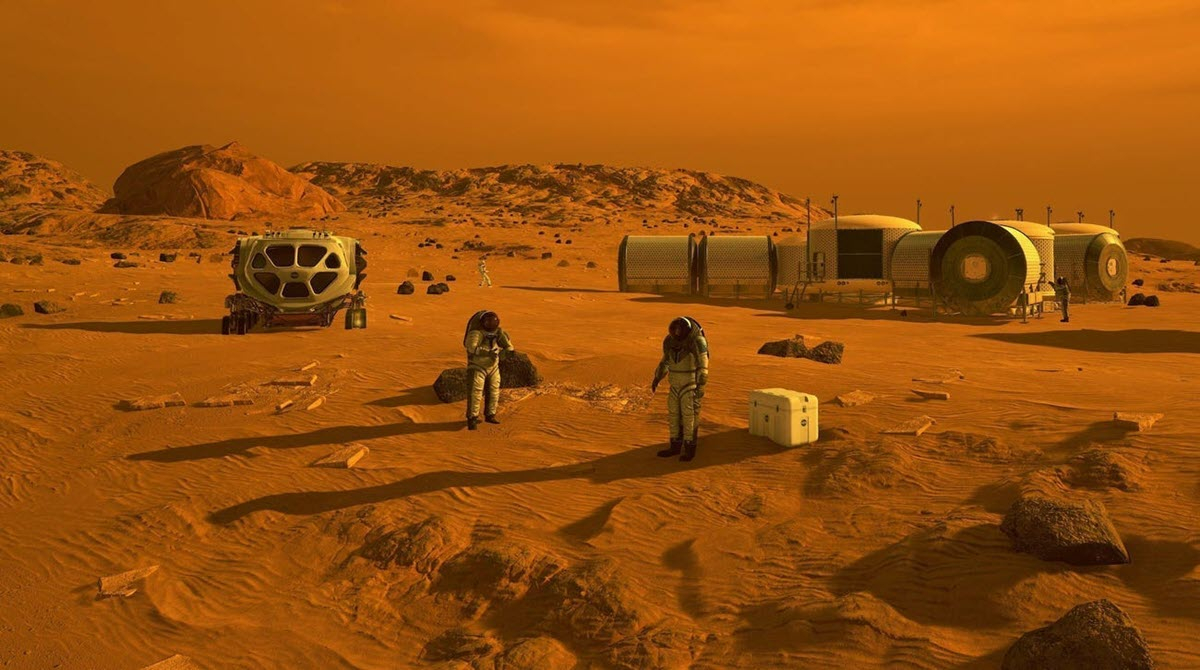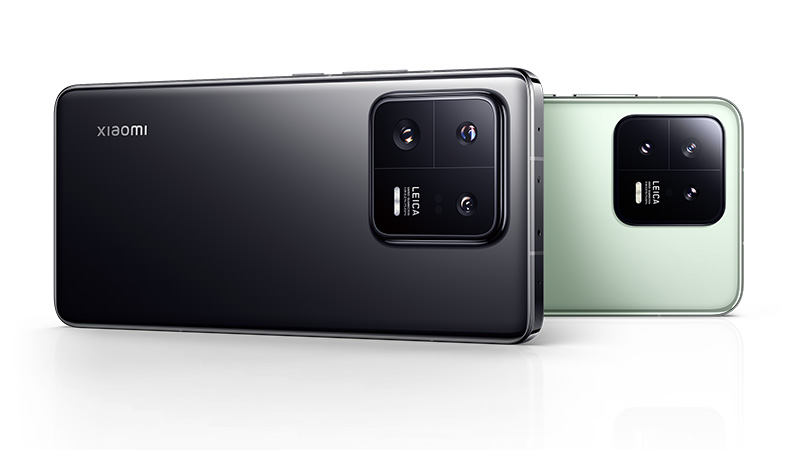Greenhouses hardly practicable on Mars
Tests with simulated radiation exposure show that plant growth on Mars is massively impaired. The previously favored greenhouse solution for settlement no longer appears to be viable.
Did Hollywood lie to us in the movie “The Martian”? There, astronaut Mark Watney planted potatoes in the Martian soil, added bacteria from a terrestrial soil sample and fertilized the plants with his droppings. He could feed on it. Experiments at the Dutch University of Wageningen now show that it is unlikely to work that way.
Contents
Mars: The soil is not the problem
At first everything looked so good. In Wageningen, too, a team of researchers had planted vegetables and herbs in a Mars analog soil made by NASA on the basis of Hawaiian volcanic sand. The harvest was no worse than in domestic soil, but it was clearly contaminated with heavy metals.
The latest experiment by the Wageningen scientists now shows that it will not be possible to grow food on Mars with the previously favored greenhouse solution. This time the researchers have dealt with the topic of radiation exposure. And that turns out to be a fundamental problem.
Radiation exposure on Mars at least 17 times higher than on Earth
Because while the earth’s magnetic field and the dense earth atmosphere shield nature as a radiation protection cover from space and thus block both cosmic and solar radiation, Mars completely lacks the magnetic field and the atmosphere is only thin. We already know from measurements made by the older Mars rover Curiosity that the radiation exposure on the Martian surface is on average 233 micrograys per day. This corresponds to 17 times the highest radiation that can be measured on the earth’s surface. In the course of a solar storm, the radiation on the surface of Mars can be increased by a factor of 50.
This radiation, both permanent and peak exposure, brought the Dutch research team into contact with rye and cress. The plants had been sown in a lead-coated test container in ordinary potting soil and germinated initially completely normally. Radioactive cobalt-60 was placed in the container, spreading an even load of around 270 micrograys. Some plants were also irradiated with 30 milligrays, which should simulate the sporadic solar storms.
Plants grow poorly when exposed to radiation
the Results sobering: viewed positively, the plants that were sporadically exposed to “solar storms” showed no additional deterioration. This is little consolation, however, because the researchers were able to show that the long-term exposure had already been sufficient to reduce the growth of biomass in cress plants by 32 percent and in rye by as much as 48 percent. Discoloration of the leaves, deformations, necrosis and brown spots were also observed.
In fact – according to the researchers – an even worse result cannot be ruled out because the simulation on earth could not take into account the particularly high-energy cosmic particle radiation. The team around research leaders Wieger Wamelink from Wageningen University and Nyncke Tack from the Delft reactor institute consider this to be another significant potential for damage.
In this way, the greenhouse concept could give way to an underground cultivation or one under special radiation protection covers. According to the idea of wamelinks, the latter could possibly be quite easy to construct and at the same time protect people. He could imagine building a cathedral covered with regolith, the Martian soil material, in which humans and plants could coexist. One thing is clear: it will be more difficult than expected and therefore significantly more expensive.



